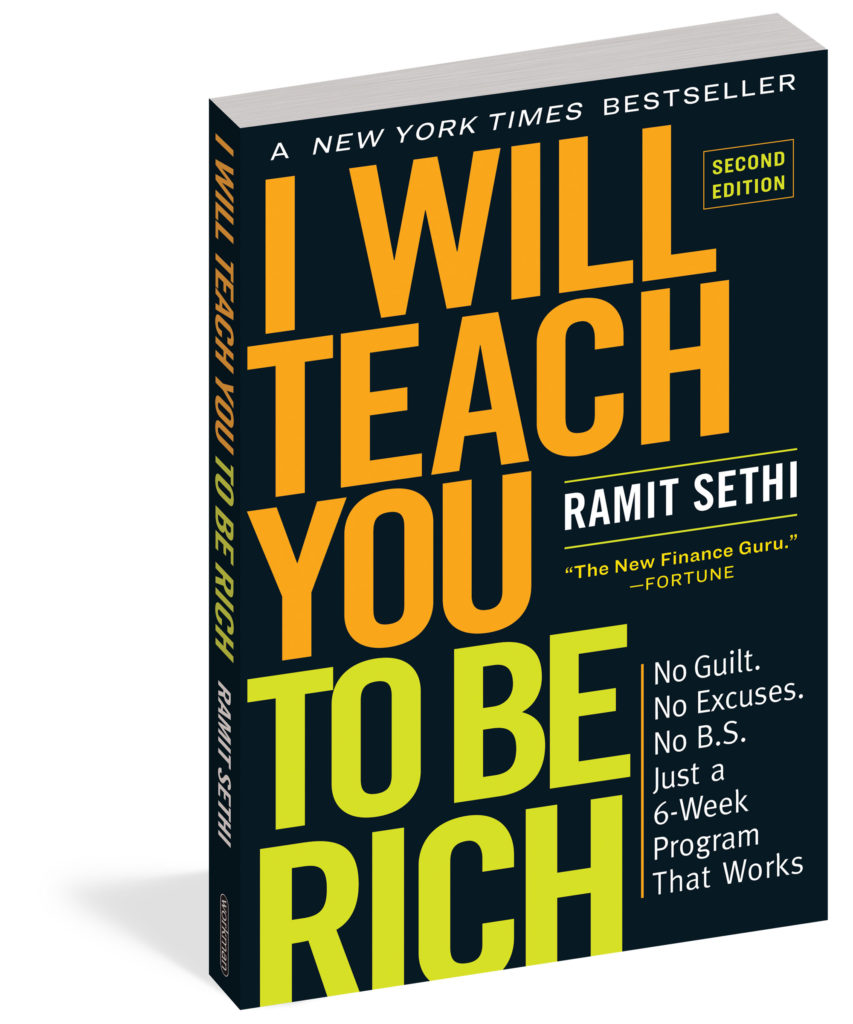If you wanted to become a millionaire, would you be able to get there by spending hours looking for pennies on the ground, every single day?
Of course not!
At least not if you wanted to achieve that goal within 3,000 years. Instead, you’d focus your energy on getting thousands of dollars at a time, which is possible to do when you can negotiate a bigger salary, taking advantage of your employer’s 401(k) match, automate your money every month, or find ways to earn more money (such as starting a side hustle). I call these examples Big Wins.
Rationally, we understand these Big Wins, but we tend to look for pennies in our everyday lives:
- Foregoing guacamole because it costs an extra $3 (even though you LOVE guacamole)
- Agonizing over a $20 entrée
- “Saving” the pair of shoes you’ve been wanting for that rare special celebration
Focus instead on the Big Wins, and you won’t have to worry about cutting back $2 per day on something you love. Here’s what that looks like.
Go for Big Wins
Optimizing your spending can seem overwhelming, but it doesn’t have to be. You can do an 80/20 analysis, which often reveals that 80 percent of what you overspend is used toward only 20 percent of your expenditures. That’s why I prefer to focus on one or two big problem areas and solve those instead of trying to cut 5 percent out of a bunch of smaller areas.
Here’s how I do this with my own spending. Over time, I’ve found that most of my expenses are predictable. I spend the same amount on rent every month, roughly the same on my subway pass, and even basically the same monthly amount on gifts (averaged out over a year).
Since I know the annual average, I don’t need to waste time agonizing over a $12 movie ticket I buy here or there.
But I do want to zoom in on those two or three spending areas that vary wildly—and that I want to control.
For me, it’s eating out, travel, and clothes. Depending on the time of year—or how nice a cashmere sweater I found—those numbers can vary by thousands of dollars a month.
So that’s where I focus.
To run an 80/20 analysis yourself, do a Google search for “conducting a Pareto analysis.”
Let’s take an example: Brian takes home $48,000 per year after taxes, or $4,000/month. According to his Conscious Spending Plan, here’s how his spending should look:
- Monthly fixed costs (60 percent): $2,400
- Long-term investments (10 percent): $400/month
- Savings goals (10 percent): $400/month
- Guilt-free spending money (20 percent): $800/month
Brian’s problem is that $800 isn’t enough for his spending money. When he looks at what he spent for the last couple of months, he finds that he actually needs $1,050 every month for spending money. What should he do?
Bad answer: Most people just shrug and say, “I dunno,” while stuffing their face with an English muffin and then logging onto reddit to complain about the economy. They’ve never thought about getting ahead of their money, so this is totally foreign to them.
Slightly better, but still a bad answer: Brian can decrease his contributions to his long-term investments and savings goals.
Sure, he could do that, but it will cost him down the line.
A better way is to tackle the two most problematic areas in his monthly spending: monthly fixed costs and guilt-free spending money.
Good answer: Brian decides to pick his three biggest expenses and optimize them. First, he looks at his monthly fixed costs and realizes that because he’s been consistently paying the minimum monthly payment on his credit card debt at 18 percent, he has $3,000 of debt left. Under his current plan, it will take him about 22 years and cost him $4,115 in interest to pay off his debt. But he can call his credit card company to request a lower interest rate. With his new lower credit card APR of 15 percent, it will take him 18 years and he’ll pay $2,758 in interest. He saves 53 months and $1,357 of payments. That’s only $6/month, but over 18 years it adds up to a lot.
Next, he checks his subscriptions and realizes he’s been paying for a Netflix account and a Star Wars membership site, both of which he rarely uses. He cancels them, saving $60/month and increasing his chances of getting a girlfriend.
Finally, he logs in to his money management account at YNAB and realizes that he’s spending $350 eating out each month, plus $250 at bars—$600 in total. He decides that over the next three months, he’ll ratchet that amount down to $400/month, saving him $200/month.
Total amount saved: $260/month. By adjusting his spending, Brian was able to create a Conscious Spending Plan that works for him.
Brian was smart to focus on changing the things that mattered. Instead of promising that he’d stop spending money on Cokes every time he ate out, he picked the Big Wins that would really make an impact on his total dollar amount. You’ll see this a lot: People will get really inspired to budget and decide to stop spending on things like appetizers with dinner. Or they’ll buy generic cookies. That’s nice—and I definitely encourage you to do that—but those small changes will have very little effect on your total spending. They serve more to make people feel good about themselves, which lasts only a few weeks once they realize they still don’t have any more money.
Try focusing on Big Wins that will make a large, measurable change. I focus on my critical two or three Big Wins each month: eating out, clothes, and travel. You probably know what your Big Wins are. They’re the expenses you cringe at, the ones you shrug and roll your eyes at, and say, “Yeah, I probably spend too much on _______.”
Related: 16 Rich Habits

Excerpted from I Will Teach You to Be Rich by Ramit Sethi (Workman). Copyright © 2019.” Used by permission of Workman Publishing, Inc. www.workman.com
Photo by Allef Vinicius on Unsplash








